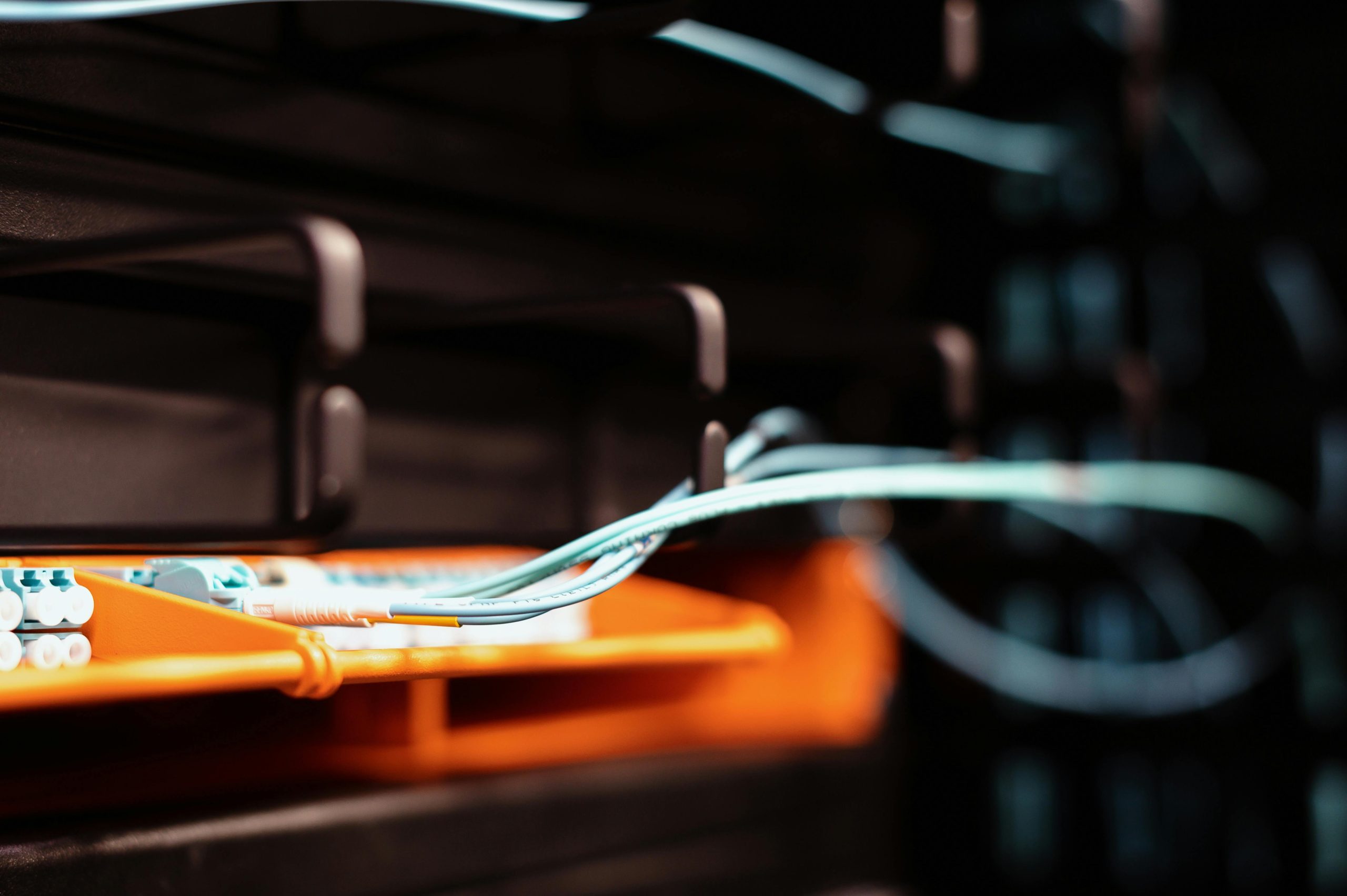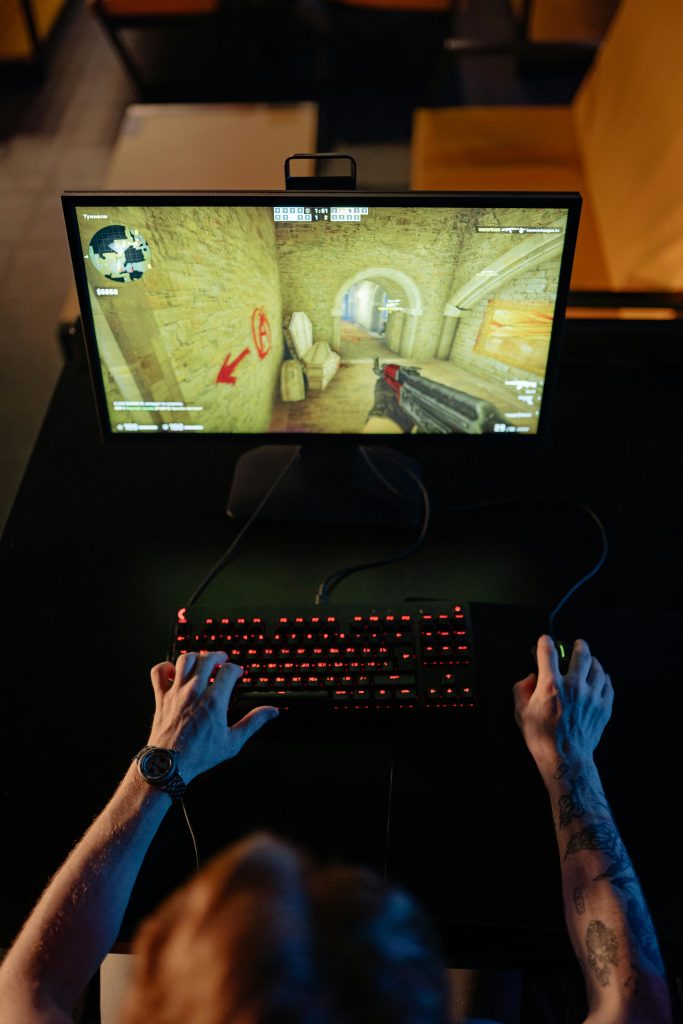Understanding Unexpected Power Issues in Your Desktop PC: A Case Study
Introduction
Encountering hardware issues can be both frustrating and confusing, especially for users with limited technical background. Recently, a user shared an experience involving a sudden power failure of their HP Pavilion Gaming Desktop TG01-0023w. This article aims to analyze potential causes and suggest troubleshooting steps to better understand and resolve such issues.
Case Overview
The user reported that their desktop unexpectedly stopped powering on. The PC was shared among family members, and prior to the issue, it operated normally without performance problems. Attempts to troubleshoot included checking and replacing power cords and inspecting internal connections. Despite these efforts, the system remained unresponsive.
A key detail emerged when the user’s brother, who had access to the PC, mentioned to a gaming friend over Discord that the system’s failure coincided with changing a profile picture—possibly involving downloading or uploading an image. This link raises questions about whether software activity could influence hardware behavior.
Potential Causes and Considerations
- Power Supply Failures:
- A common reason for a desktop not powering on is a faulty power supply unit (PSU). Internal components such as capacitors can degrade over time or due to electrical surges, leading to complete failure.
- Recent Hardware or Software Changes:
- Changing a profile picture typically involves software operations and should not directly impact hardware. However, if the system was affected by a malware or a malicious download, it could potentially cause system instability.
- External Factors:
- Power outages, electrical surges, or faulty outlets can damage the PSU. Confirming the electrical source is stable is advisable.
- Internal Hardware Issues:
- Loose connections, damaged components, or motherboard failures can also prevent power-up.
- User-Related Actions:
- Removing the front panel or internal components without proper precautions might inadvertently cause shorts or disconnections.
Troubleshooting Recommendations
- Confirm Power Source:
- Test the outlet with another device or use a different outlet to rule out power issues.
- Check Internal Connections:
- If comfortable, open the case and ensure all cables, including the power cable and internal connections, are secure.
- Test the Power Supply:
- Use a PSU tester or try connecting a known working power supply to determine if the PSU is functional.
- Examine Hardware Components:
- Remove non-essential components to isolate potential hardware faults.
- Seek Professional Assistance:
- If uncertain, consult a certified technician to diagnose hardware issues
Share this content:



